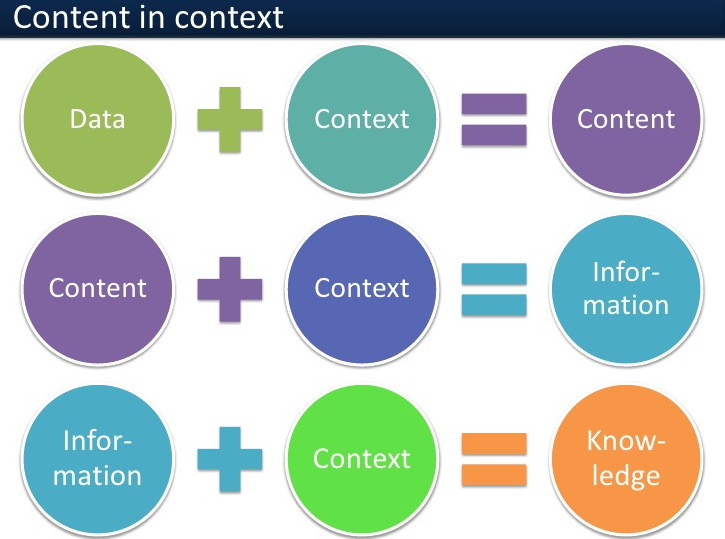UCLA and HP researchers have determined that successful tweets have common — and predictable — characteristics. Per this fascinating piece in the Atlantic, the researchers’ algorithm can predict a tweeted article’s popularity “with a remarkable 84 percent accuracy” based on the principle that news’ social success can be defined by source, category, language used and the celebrity factor. But the striking thing is just how much the “source” part accounts for:
“What led most overwhelmingly, and most predictably, to sharing was the person or organization who shared the information in the first place. …Brand, even and especially on the Internet, matters. Online, the researchers are saying, the power of the brand is exactly what it has been since brands first emerged in the Middle Ages: It’s a vector of trust. ..When it comes to news, trust is actually much more important than emotion. Shareability is largely a function of reliability.”
It’s all a part of the trend of consumers having conversations with brands and vice versa — instead of being overtly bought and sold as in days past — and the resulting trust rewarded to brands who do it well. Extrapolating, content marketing and social marketing, which help brands build that trust and have those conversations, have with this study been proven out with measurable statistics.
As recently as last year, many brands’ strategy could be summarized by the following (ridiculous) two-pronged approach: 1. Chase SEO (damn the quality of the result); 2. Pray for something to (somehow) go viral. But the Internet changes with alarming rapidity, and the past year and a half has seen a major shift away from these tactics. SEO baiting abated, thanks to Google tweaking its algorithms to rank better content higher, and brands acknowledged that since viral content is by its nature unreliable, they shouldn’t rely on it.
This isn’t to say that search and innate shareability shouldn’t be considerations for brands — they absolutely should; they are foundational. But the new forward strategy is reaching users where they are (Facebook, Twitter, Instagram, Pinterest, etc.), giving them something reliable and useful, and earning trust in return.
In the case of so-called old media, they must become trusted sources again in this new landscape. Successful new brands (Fab.com to name one) are taking it even one step further with an almost post-branded attitude: Their online presence not only establishes trust with consumers, but their conversational and understanding tone also unpacks branding itself and exposes undisguised sellers as outmoded entities that peddle wares to you but don’t really get you.
Reaching consumers and establishing trust by getting them isn’t a new concept in advertising and marketing, but it’s one that must be repeatedly learned anew as consumer attitudes evolve. It’s a snarky world, but it’s the one we live in, and brand strategies must evolve or perish.
Read More

